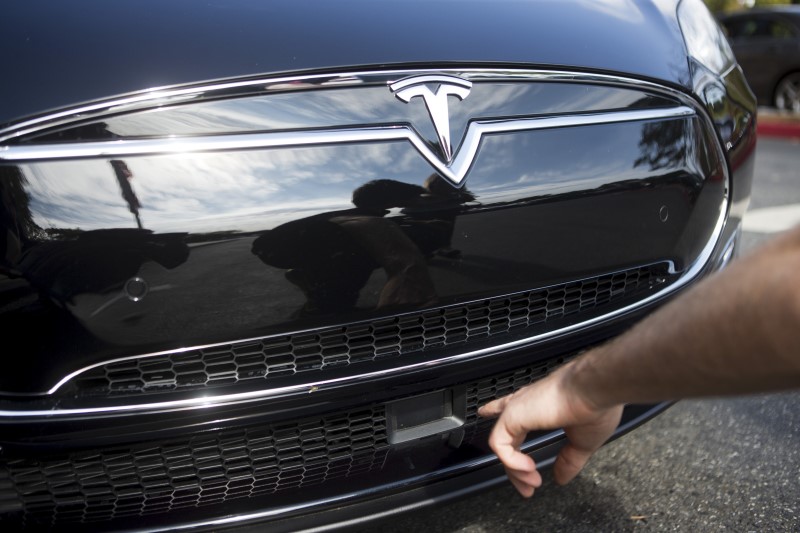This post was originally published on this site
https://i-invdn-com.investing.com/news/LYNXNPEC602U7_M.jpg
The third quarter follows this established pattern. After Tesla reported a record 466,140 units delivered in the second quarter, analysts had initially forecasted about 473,000 units for the third quarter. However, this estimate has been subsequently revised to 468,000 units and is expected to close below 463,000 units.
The company’s management had previously alerted investors during the second quarter earnings conference call that planned plant downtime would limit sequential delivery growth from Q2 to Q3. The reasons for these downward revisions remain unclear. Analysts could be apprehensive about demand or production as the quarter progresses or may be setting a lower benchmark that is easier to exceed. Notably, about 70% of companies reporting quarterly numbers surpass Wall Street estimates.
However, these reduced estimates can adversely affect a company’s stock value. For instance, Tesla’s stock dropped by 3.3% on Monday after Goldman Sachs analyst Mark Delaney lowered his 2023 earnings estimate from $3.00 to $2.90 per share for the year, inclusive of stock-based compensation which many companies exclude when reporting adjusted earnings figures. The anticipated Wall Street adjusted earnings per share for Tesla in 2023 stands at around $3.35, while the unadjusted figure aligns with Delaney’s estimate of $2.90 per share.
There is no consistent correlation between Tesla’s changing delivery figures and its stock response. In January 2022, Tesla shares surged by 13.5% after the company reported fourth-quarter 2021 deliveries of approximately 309,000 units, exceeding Wall Street’s initial projection of 261,000 units. Conversely, in January 2023, Tesla shares fell by 12.2% after the company reported fourth-quarter 2022 deliveries of around 405,000 units, missing Wall Street’s initial estimate of 440,000 units.
The performance of Tesla’s stock often hinges on various factors, including the stock’s trajectory heading into a delivery report. Currently, Tesla’s stock has declined about 5% since the second-quarter delivery figures were released, while the S&P 500 has remained steady.
As investors await the expected delivery report on Oct. 2, they are left to gather context and prepare for potential changes in Tesla’s stock setup.
This article was generated with the support of AI and reviewed by an editor. For more information see our T&C.

